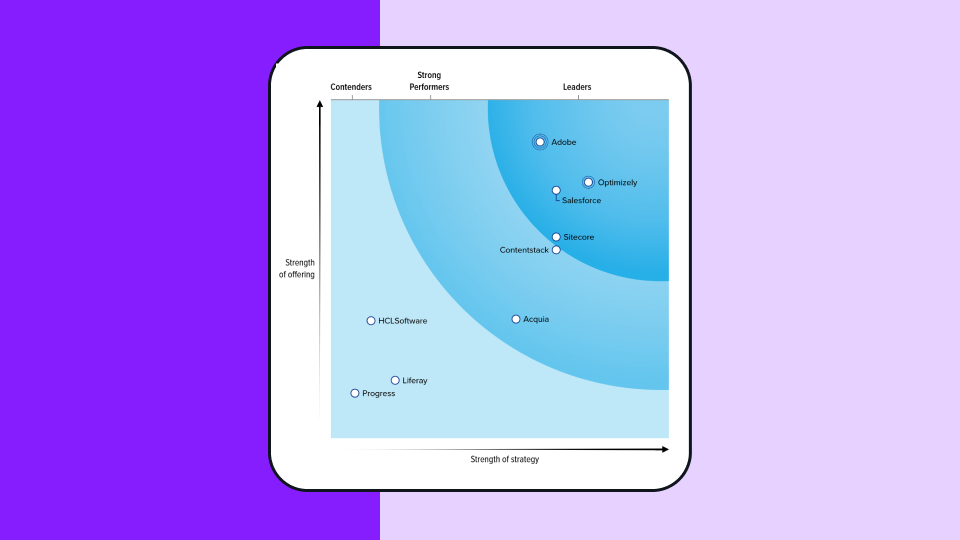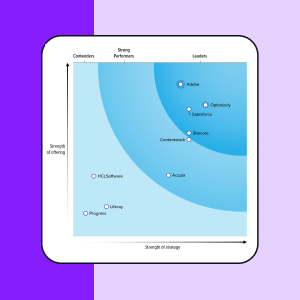Inbound marketing
What is inbound marketing?
Inbound marketing is a marketing methodology that is designed to organically pull your target audience and potential customers into your business by providing valuable content.
Inbound marketing relies on a combination of marketing channels like content marketing, search engine optimization (SEO) and social media to deliver relevant content to new customers at various stages of the buyer journey.
Successful inbound marketing campaigns will boost lead generation by expanding reach, creating brand awareness, driving high quality traffic, eliciting engagement and increasing conversions.
How does inbound marketing work?
Inbound marketing works by giving potential customers what they’re looking for exactly when they’re looking for it.
HubSpot breaks down the inbound marketing process into 3 stages; attract, engage and delight. In other words, inbound marketing encapsulates how customers find you, what they do when they find you and what it takes to keep them coming back.
Inbound marketing vs outbound marketing
Effective inbound marketing efforts is all about ensuring the customer finds you, while outbound marketing is all about finding the customer.
Outbound marketing often entails marketing automation campaigns with multiple touchpoints such as email marketing, cold calling, LinkedIn messaging, chatbots and thorough CRM management.
Pros of inbound marketing
Companies of all shapes and sizes, from startups and small businesses to large corporations, rely on inbound marketing to maintain a steady pipeline of new business.
Here are some of the key benefits of inbound marketing:
-
Cost-efficient: While inbound marketing typically requires an initial outlay of resources (content creation, ideation, design, management, etc.), the results are evergreen. Once content is created, costs shift more towards distributing and maintaining rather than paying for advertising.
-
Trust and authority: Inbound marketing is all about giving potential customers the information they are looking for – even if they don’t know it – in a creative and engaging way. It’s not about pushing unwanted sales at every opportunity. By using inbound marketing as a way to present your brand as a useful and reliable resource, the hope is they’ll come to you when the time to purchase does arise.
-
Brand awareness: High-performing content increases visibility and brand recall, ensuring that your customers will not only interact with your content, but also keep coming back.
-
Multi-channel optimization: By pursuing quality traffic from a variety of sources – organic search, social media referrals, referrals from other websites talking about your amazing work – you reduce the reliance on one channel alone, and therefore the associated risk.
-
Generates quality leads: By focusing your inbound marketing strategy on reaching the right audiences in the right places, you can attract your target customers in order to meet your digital marketing objectives. This is the alternative to spending money attracting traffic from people who are unlikely to ever convert.Enhances customer engagement: By creating content that addresses customer pain points and interests, you foster better engagement and relationships with your audience.
-
Improves SEO: The purpose of search engines is to deliver the best user experience and nothing delivers a quality user experience better than high quality content. Regular creation of quality content helps improve your search engine rankings, making it easier for potential customers to find you.
-
Uncovers valuable insights: Content analytics will allow you to focus on key metrics that lead to better customer experiences. Through these interactions, you can adapt your marketing strategy to better fit your target audience.
Cons of inbound marketing
-
It takes time: Although inbound marketing is more cost-effective in the long-term, the initial outlay of time and resources is something to consider. Creating high-quality content is an investment that may not initially pay off. In fact, in order to remain effective, you constantly need to tweak and optimize your content to meet the shifting demands of your target audience. Even then, it could take weeks to months to see any significant impact in results.
-
You don’t have as much control as outbound marketing: Outbound campaigns allow you to pick and choose exactly who you are targeting, while inbound marketing is heavily reliant on positioning yourself as best you can in order to be found by customers. There’s no guarantee that you’ll reach your core audience even if you do everything right.
-
Attribution can be tough: On average, it takes about 8 touches before a customer converts. Each of these touch points can play a specific role in guiding the customer along in their journey. For example, a customer may read a case study without taking any further action. First-party tracking might then serve the customer some retargeted ads, prompting him to visit your site again.
The truth is, even with the most sophisticated tracking, it’s often impossible to know the exact moment the customer made the purchase decision and which step of the process was most instrumental.
Examples of inbound marketing
Content creation is a key component of inbound marketing. Brands need to prioritize building lasting relationships by creating a content strategy that hits every stage of the customer journey.
Some examples of content that should be found in any inbound strategy include:
-
blogs
-
case studies
-
webinars
-
white papers
-
infographics
-
podcasts
-
webinars
-
social media
-
ebooks
-
influencer marketing
Content hubs
Content hubs are an effective way to draw relevant users to your business. They essentially editorialize your existing content marketing assets by creating a user experience that keeps visitors on your site longer.
By organizing your content in a manner that’s easy to navigate, you’ll boost retention as customers will know exactly how and where to find your quality content.
User-generated content
One of the most successful marketing tactics to boost inbound marketing, drive engagement and increase SEO is user-generated content.
As you draw more and more customers and increase user engagement, users will want to play a more active role in the relationship you’ve built with them.
Social media marketing campaigns can accelerate user engagement, especially if your business relies on reviews and customer feedback.
Inbound marketing: owned and earned media
Inbound marketing uses owned and earned media to engage potential customers in creative ways.
-
Owned media are those channels that a business has control over. For example, your website, blog, brand social media profiles, product landing pages and YouTube channel. You choose what to publish, how to publish it, and when.
-
Earned media is the coverage you earn as a result your hard work. Offline, this includes traditional coverage in newspapers and magazines. Online, it includes coverage on news sites often gained through digital PR, but also mentions on social media, use of a campaign hashtag, conversations in online forums, and online reviews. You have less control over earned media, but it should be a reward for the work you’ve put into your inbound marketing campaign.
Outbound marketing: paid media
On the other hand, outbound marketing is more readily associated with paid media. This could be traditional offline advertising, PPC and display advertising or paid emails.
Paid media also encompasses social media advertising, for example, Facebook advertising or boosted Twitter posts.
Although typically associated with outbound marketing, it’s worth noting that social media advertising is often an effective way to boost the performance of inbound marketing campaigns. Advertising on Facebook, for example, allows you to promote your content and campaign to your target audience, no matter how niche it might be.
Considerations with inbound marketing
Measuring inbound marketing teams
Measuring the impact of inbound marketing in a way that demonstrates understandable ROI has always been a tricky one. The key is to be clear from the beginning.
It may be that you can’t track the number of leads generated as a direct result of your campaign, but you can track how many downloads your resource has had, the average duration people watched your video for, how many new social media followers you gained, etc.
When you’re planning your campaign, be clear about what it is you’re trying to achieve and measure that appropriately and honestly. That way, everyone’s expectations are set – and therefore, are more likely to be met.
Long-term strategy for inbound marketing
Successful inbound marketing campaigns don’t happen overnight. They take time to plan, implement and refine. It can be labor-intensive too – you might need content creators, designers, developers, outreach specialists, social media marketers and a campaign manager to even get the thing off the ground. That said, if you put your time and effort into the right evergreen campaign, you should have something that continues to provide value for the foreseeable future.
The importance of analysis and refinement
If there’s one thing you remember about inbound marketing, it’s the importance of tracking performance and refining your approach accordingly. This is where testing comes in too – discover which messaging, types of valuable content, imagery, calls to action, etc., work best for your target audience and ensure you implement these on a permanent basis, or in your next campaign.

